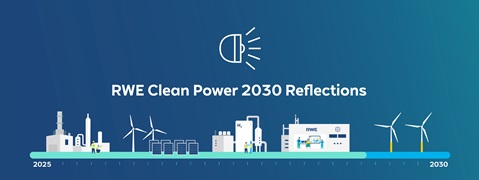Filling in the Gaps
Sarah Standen, RWE’s UK Head of Commercial Asset Optimisation, explains the role of gas and other thermal technologies in the UK electricity market.


As identified in the Clean Power Action Plan, offshore wind will play a key role as the ‘backbone’ of the 2030 clean power system.
In the second edition of RWE’s ‘Clean Power’ Reflections Series, RWE’s Director of Offshore Development for UK and Ireland, Danielle Lane, looks into the role that offshore wind can play in delivering CP2030, and the actions required to maximise deployment and keep the Clean Power target on track.


In summary